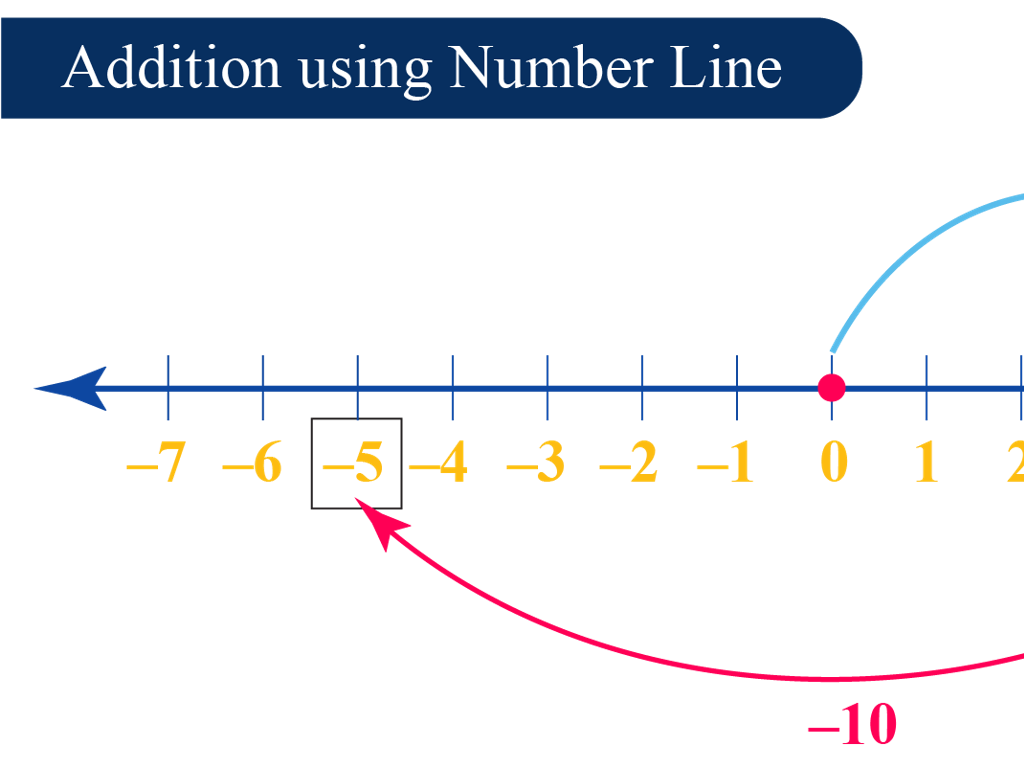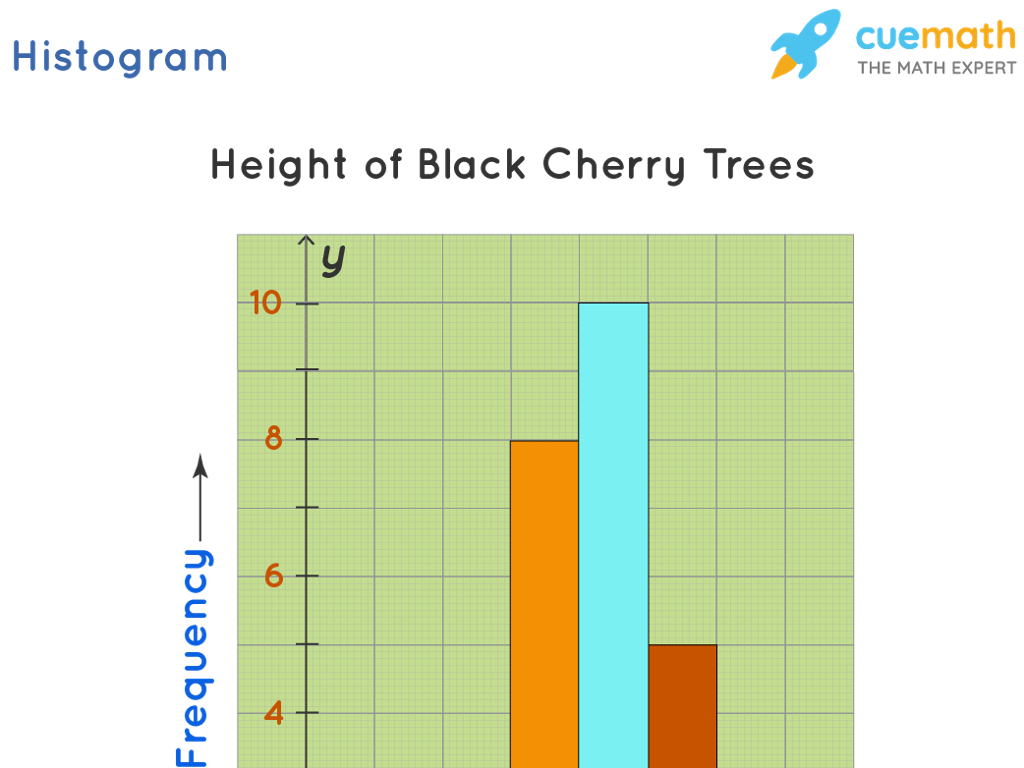Write Equations For Proportional Relationships From Graphs
Subject: Math
Grade: Seventh grade
Topic: Proportional Relationships
Please LOG IN to download the presentation. Access is available to registered users only.
View More Content
Writing Equations from Graphs
– Understanding proportional relationships
– Constant ratios between two quantities
– Real-world applications
– Examples: recipes, currency exchange
– Today’s focus: Equations from graphs
– Graphs with straight lines through the origin
– Steps to write equations
– Identify the constant of proportionality, k, as the slope
|
This slide introduces the concept of proportional relationships and their significance in both mathematics and real-world scenarios. Emphasize that a proportional relationship is characterized by a constant ratio between two variables. Provide relatable examples such as following a recipe or converting currencies to illustrate this concept. The main objective of today’s lesson is to teach students how to write equations that represent proportional relationships by analyzing graphs. Highlight that these graphs will always be straight lines that pass through the origin, and the slope of these lines represents the constant of proportionality, k. Encourage students to practice by identifying the slope in various proportional graphs and then writing the corresponding equations.
Understanding Proportional Relationships
– Define proportional relationship
– A relationship where two quantities increase at the same rate.
– Explore constant of proportionality (k)
– ‘k’ represents the consistent rate in y=kx, where y and x are variables.
– Daily life proportional examples
– Examples: recipes, currency exchange, and fuel efficiency.
– Graphing proportional relationships
|
Introduce the concept of proportional relationships by defining it as a scenario where two quantities increase or decrease at the same rate. Explain the constant of proportionality, denoted as ‘k’, which is the ratio between two directly proportional quantities. Provide relatable examples such as doubling a recipe, converting currency, or calculating miles per gallon to illustrate the concept in everyday life. Finally, demonstrate how these relationships can be represented on a graph, showing that the line passes through the origin and that the slope of the line is the constant of proportionality ‘k’. Encourage students to think of other examples and to practice plotting proportional relationships on graphs.
Graphs of Proportional Relationships
– Characteristics of proportional graphs
– Straight line through the origin (0,0), constant ratio
– Identifying relationships in graphs
– Look for a straight line that passes through the origin
– Origin point significance
– If a graph passes through (0,0), it indicates proportionality
– Writing equations from graphs
|
This slide introduces students to the concept of proportional relationships as represented on graphs. Emphasize that proportional graphs have specific characteristics, such as being a straight line that passes through the origin point (0,0), which indicates a constant ratio between variables. Teach students how to identify these relationships by looking for these features in a graph. Discuss the importance of the origin point and how it helps determine if a relationship is proportional. Finally, guide students on how to write equations from proportional graphs by using the slope, which represents the constant ratio in the relationship. Provide examples and practice problems to reinforce the concepts.
Writing Equations for Proportional Relationships
– Understanding y = kx
– y = kx represents a proportional relationship where k is the constant of proportionality.
– Finding the constant k
– To find k, divide the y-coordinate by the x-coordinate from a point on the graph.
– Writing equations from graphs
– Use the value of k to write the equation representing the graph’s proportional relationship.
– Practice with real examples
|
This slide introduces students to the concept of writing equations to represent proportional relationships. The equation y = kx is the foundation, where ‘k’ is the constant of proportionality that relates the variables x and y. Students will learn how to find ‘k’ by taking any point on the graph (except the origin) and dividing the y-value by the x-value. Once ‘k’ is known, they can write the full equation that models the relationship shown in the graph. Provide examples of graphs and work through them as a class to ensure understanding. Encourage students to practice with different graphs to become comfortable with the process. This skill is essential for understanding direct variation and predicting values within proportional relationships.
Let’s Practice: Proportional Relationships in Graphs
– Identify proportional relationships
– A graph is proportional if it’s a straight line through the origin.
– Calculate the Constant of Proportionality (k)
– Find k by dividing the y-coordinate by the x-coordinate of a point on the line.
– Write the equation from the graph
– Use the formula y = kx to write the equation.
– Class activity: Practice problems
– Solve practice problems in pairs or groups.
|
This slide is designed for a class activity where students will apply their knowledge of proportional relationships and equations. Start by explaining how to identify proportional relationships in graphs, emphasizing that the line must pass through the origin. Then, guide students to calculate the constant of proportionality by using points from the graph. Once k is determined, instruct them on how to write the equation representing the graph. Provide practice problems for students to work on in pairs or groups, and encourage them to discuss their methods and answers. This collaborative activity will help solidify their understanding and allow for peer learning.
Group Activity: Graphs & Equations
– Break into small groups
– Each group gets a unique graph
– Determine the Constant of Proportionality
– The ratio between two directly proportional quantities.
– Write the equation from the graph
– Use the formula y = kx, where k is the Constant of Proportionality.
|
This group activity is designed to foster collaborative learning as students work together to understand proportional relationships from graphs. Each group will analyze a different graph, which encourages a variety of examples and discussions when groups share their findings. The main objective is to find the Constant of Proportionality (k) and to write the corresponding equation that represents the relationship shown in the graph. Teachers should circulate to provide guidance, ensuring that each group understands how to calculate ‘k’ by finding the ratio of y to x (rise over run) and then use it to write the equation in the form of y = kx. After the activity, bring the class together to discuss the different proportional relationships each group discovered. This will help students see the practical application of these concepts.
Class Discussion: Proportional Relationships
– Groups present their findings
– Discuss challenges encountered
– Did any group have trouble finding the constant of proportionality?
– Review equation-writing methods
– y = kx, where k is the constant of proportionality
– Reinforce correct approaches
– Emphasize the importance of identifying the constant rate from the graph
|
This slide is meant to facilitate a class discussion where students will share their findings on proportional relationships from graphs. Encourage each group to present how they determined the equations for the relationships they studied. Open the floor for students to talk about any difficulties they faced during the process, such as identifying the constant of proportionality or interpreting the graph correctly. Review the correct method for writing equations, emphasizing the formula y = kx, where ‘k’ represents the constant of proportionality. Use this time to correct any misconceptions and to reinforce the correct approaches to writing these equations. This will help solidify their understanding and prepare them for more complex problems.
Individual Practice: Graphs & Equations
– Work on practice problems individually
– Write equations from given graphs
– For each graph, determine the ratio (rise/run)
– Analyze proportional relationships
– Ensure the relationship is constant for proportionality
– Prepare to share your solutions
|
This slide is designed for students to apply their knowledge of proportional relationships by writing equations based on graphs. Students should work independently on the problems provided, focusing on identifying the constant of proportionality (k) from the graph (rise over run) and then writing the equation in the form y = kx. Encourage students to check that the graph represents a proportional relationship by confirming that it passes through the origin and that the ratio between y and x is constant. After completing the problems, students should be ready to discuss their equations and how they determined them, fostering a collaborative learning environment where they can learn from each other’s approaches and mistakes.
Homework: Proportional Relationships Equations
– Practice writing proportional equations
– Complete the provided worksheet
– Finish all graph-related questions
– Analyze different graphs
– Look for constant rates of change
– Discuss your solutions in the next class
|
This homework assignment is designed to reinforce students’ understanding of proportional relationships and their ability to write equations from graphs. The worksheet will contain various graphs representing proportional relationships, and students are expected to derive the equations that describe these relationships. They should focus on identifying the constant rate of change (slope) and how it relates to the equation of the line. In the next class, there will be a discussion where students can compare their approaches and solutions, fostering a deeper understanding and collaborative learning environment. Encourage students to attempt all problems and remind them that practice is key to mastering this concept.
Conclusion: Proportional Relationships & Equations
– Recap: Writing equations from graphs
– Mastery benefits in math & real life
– Understanding proportions is crucial for solving real-world problems.
– Preview of upcoming lessons
– Next, we’ll explore non-proportional relationships.
– Encouragement to practice
– Keep practicing with different graphs to strengthen your skills.
|
As we wrap up today’s lesson on writing equations for proportional relationships from graphs, it’s important to emphasize the significance of mastering this skill. Proportional relationships are not only foundational in mathematics but also applicable in various real-life scenarios, such as calculating recipes or determining speed. Looking ahead, we will delve into non-proportional relationships, building upon the knowledge gained today. Encourage students to continue practicing with different graphs to become more confident in identifying and expressing these relationships mathematically. The ability to write equations from graphs is a valuable tool in their mathematical toolkit.




